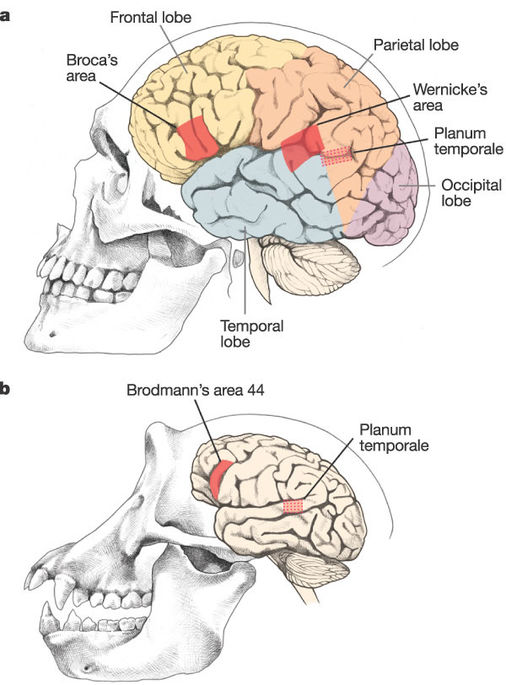That is a very difficult question, and one I would like to address more on this forum. Basically, a species is a group of living things that scientists group into a species. They argue about this a lot, and things get put together as species and split apart again. In the simplest theory, a species if a group of organisms that can interbreed and produce fertile offspring (or otherwise exchange genetic material) within the group, but can't interbreed and produce fertile offspring with any living thing outside the group.
That definition works OK for humans, as it's clear for every living thing on the planet whether it is a human (the species Homo sapiens or not). However, there are lots of cases where it doesn't work at all. E.g. the cichlid fish in Lake Victoria can all breed with each other and produce fertile offspring, which means that you need to be VERY careful if you keep them in aquaria. They are different sizes, shapes, colours, lifestyles, etc. and you can recognise things that look like different species. Basically the scientific community decided that instead of classifying all such things as one species, it made more sense to allow things that can interbreed, but tend not to, to be species. This makes it very difficult in some cases to assign living things to species. Are grizzly bears a different species from brown bears? At present the consensus is that they aren't. Are polar bears a different species from brown bears? At present the consensus is that they aren't.
In reality there is a continuum between unlimited breeding (same species) and inability to breed and produce fertile offspring (definitely not the same species). This is important for evolution as new species are very unlikely to be reproductively isolated from their parent species.
As this takes a lot of time, we don't see it happening in a human lifespan. We see it through transitional fossils, which are fossils of creatures between taxa (not species). E.g. everyone's favourite transitional fossil, Tiktaalik, part way between a fish and an amphibian. There are primitive mammals existing today such as duck-billed platypuses which lay eggs, and are therefore intermediate. To actually look at evolution, you need to look at the mammal like reptiles, such as Dimetrodon. But, they are all extinct, so it's fossils and genetic evidence that shows the relationship between reptiles and mammals.
There are examples of such evolution in progress. E.g. lungfish which have lungs and can breathe air, allowing them to live in oxygen poor water, and mudskippers that have modified pectoral (front) fins that allow them to move on land, after a fashion. (As these are living creatures, you can see their locomotion on wikipedia; i wouldn't quite call it 'walking'). So, the evolution of fish to land creatures is visible, though it's not guaranteed that they will spawn descendent species that will become fully land living as land is already occupied by animals; those niches have been taken. But, you can see transitional forms even today. Some would say that all amphibians are such.
There is also genetic and molecular evidence of common ancestry, which is considerable. If we have evidence that both us and Scots pine trees had a common ancestor (and we can even give a reasonable estimate of a range of time when this ancestor existed), then at some point at least one of lineages must show a
There is both genetic/molecular evidence of common descent, and fossils that show the origin and evolution (including adaptive radiation) of primates. Combining both morphology, genetics, other molecular techniques tells us that there must have been a common ancestor. DNA evidence shows that this common ancestor would have lived between 25 and 30 million years ago (most likely with 95% confidence, not guaranteed) which tells us when (in strata) to look for evidence of how this division happened. E.g. the fossils of an early ape described here:
Oldest Fossils Reveal When Apes & Monkeys First Diverged
So, I'd say that the implications of 2 for humans and modern monkeys is that we know that there must have been a common ancestor, but we know this through indirect evidence. We don't have the fossils of the last common ancestor.
I'm sure that flat Earth proponents grasp the concept of a round object too.




